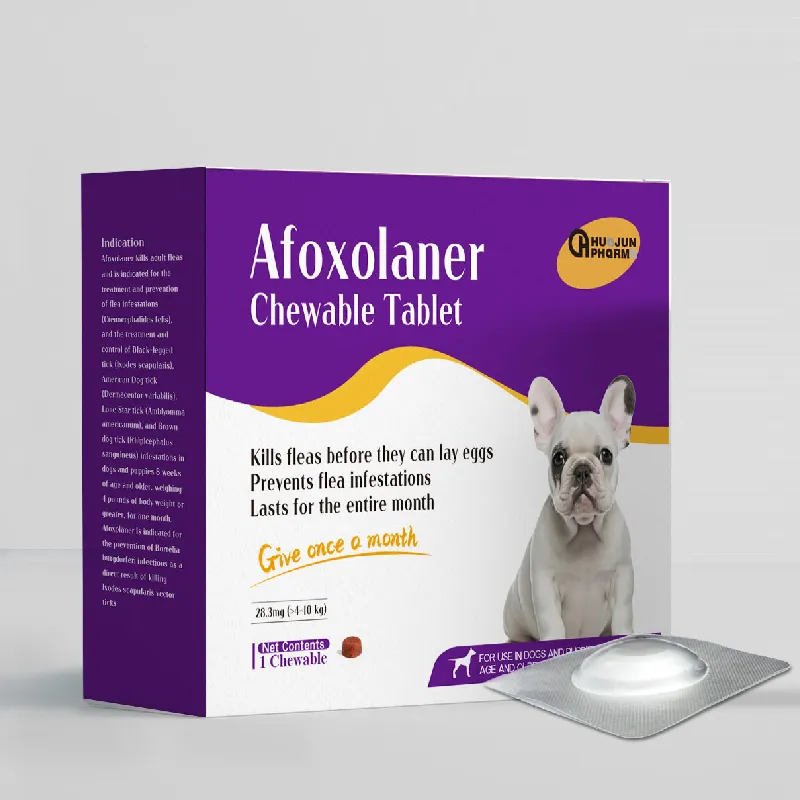
Ağu . 15, 2024 15:51 Back to list
Safety Data Sheet Overview for Copper Sulfate Produced by Leading Manufacturers and Its Applications
Understanding the MSDS of Copper Sulfate Safety and Handling Guidelines
Copper sulfate, commonly known by its chemical formula CuSO4, is a versatile compound used in various industries, from agriculture to manufacturing. While its benefits are well-documented, handling copper sulfate safely is paramount, necessitating an understanding of its Material Safety Data Sheet (MSDS). The MSDS serves as a crucial document in providing essential information on the properties, hazards, and safe handling techniques associated with copper sulfate.
Chemical Properties and Uses
Copper sulfate appears as a blue crystalline solid that is water-soluble. It is often employed in agriculture as a fungicide, herbicide, and pesticide, effectively controlling various plant diseases and pests. Additionally, it is used in metallurgy for electroplating and in the production of other copper compounds. In laboratories, copper sulfate is commonly utilized for its analytical applications.
Hazards Associated with Copper Sulfate
The MSDS for copper sulfate outlines key hazards that users must be aware of. Primarily, copper sulfate is classified as a moderate health hazard. Exposure can occur through inhalation, ingestion, or skin and eye contact. Inhalation of dust or mist may cause respiratory irritation, coughing, and shortness of breath. Prolonged exposure can lead to more severe conditions like lung damage.
Ingestion, while less common, can also be harmful and may result in symptoms such as nausea, vomiting, abdominal pain, and diarrhea. Furthermore, if copper sulfate comes into contact with the eyes or skin, it may cause irritation, burns, or skin sensitization. Therefore, appropriate safety measures are critical when handling this chemical.
Personal Protective Equipment (PPE)
msds of copper sulfate manufacturer

According to the MSDS, using personal protective equipment (PPE) is essential to minimize exposure risks. Recommended PPE includes safety goggles, gloves, and protective clothing. In situations where dust is expected, a mask or respirator may also be advisable. Ensuring that proper PPE is worn can significantly reduce the likelihood of adverse health effects.
Safe Handling and Storage Practices
Proper handling and storage of copper sulfate are critical for safety and compliance with legal regulations. The MSDS provides several guidelines for safely managing this chemical. It is crucial to store copper sulfate in a cool, dry place, away from incompatible substances like strong acids and reducing agents. Containers should be clearly labeled to prevent accidental exposure or misuse.
When working with copper sulfate, it's advisable to use it in a well-ventilated area. If ventilation is inadequate, employing local exhaust ventilation systems is necessary. In case of spills, the MSDS details specific cleanup procedures, emphasizing the need to contain the spill and use appropriate protective equipment during cleanup.
Emergency Measures
In the event of an exposure incident, the MSDS outlines specific emergency measures. For inhalation exposure, individuals should be moved to fresh air immediately and medical attention sought if symptoms persist. For skin contact, washing the affected area with soap and water is recommended, followed by seeking medical attention for severe reactions. Eye contact requires immediate rinsing with water for at least 15 minutes and urgent medical consultation.
Conclusion
The MSDS for copper sulfate serves as an essential resource for anyone working with this chemical. Understanding its properties, associated hazards, and safe handling practices is crucial for ensuring safety in workplace environments. By following the guidelines outlined in the MSDS, users can mitigate risks and handle copper sulfate responsibly, thus harnessing its benefits while protecting themselves and the environment. As always, education and awareness are key to promoting a safe operational culture when dealing with chemicals like copper sulfate.
-
China Salivation AI with GPT-4 Turbo Features
NewsAug.01,2025
-
Epic Sepsis Factories: AI-Driven Detection with GPT-4 Turbo
NewsJul.31,2025
-
Acute Salpingitis and Oophoritis AI Factory
NewsJul.31,2025
-
Premium China Bacillus Subtilis Supplier & Factory Solutions
NewsJul.30,2025
-
Premium Avermectin Supplier in China | Custom Solutions Available
NewsJul.29,2025
-
China Bacillus Subtilis Supplier - Custom Factory Solutions
NewsJul.29,2025




